The Italian Space Agency (ASI) has published a series of images taken by the LICIACube cubesat. They demonstrate the moment of collision of the DART probe with the asteroid Dimorphos.
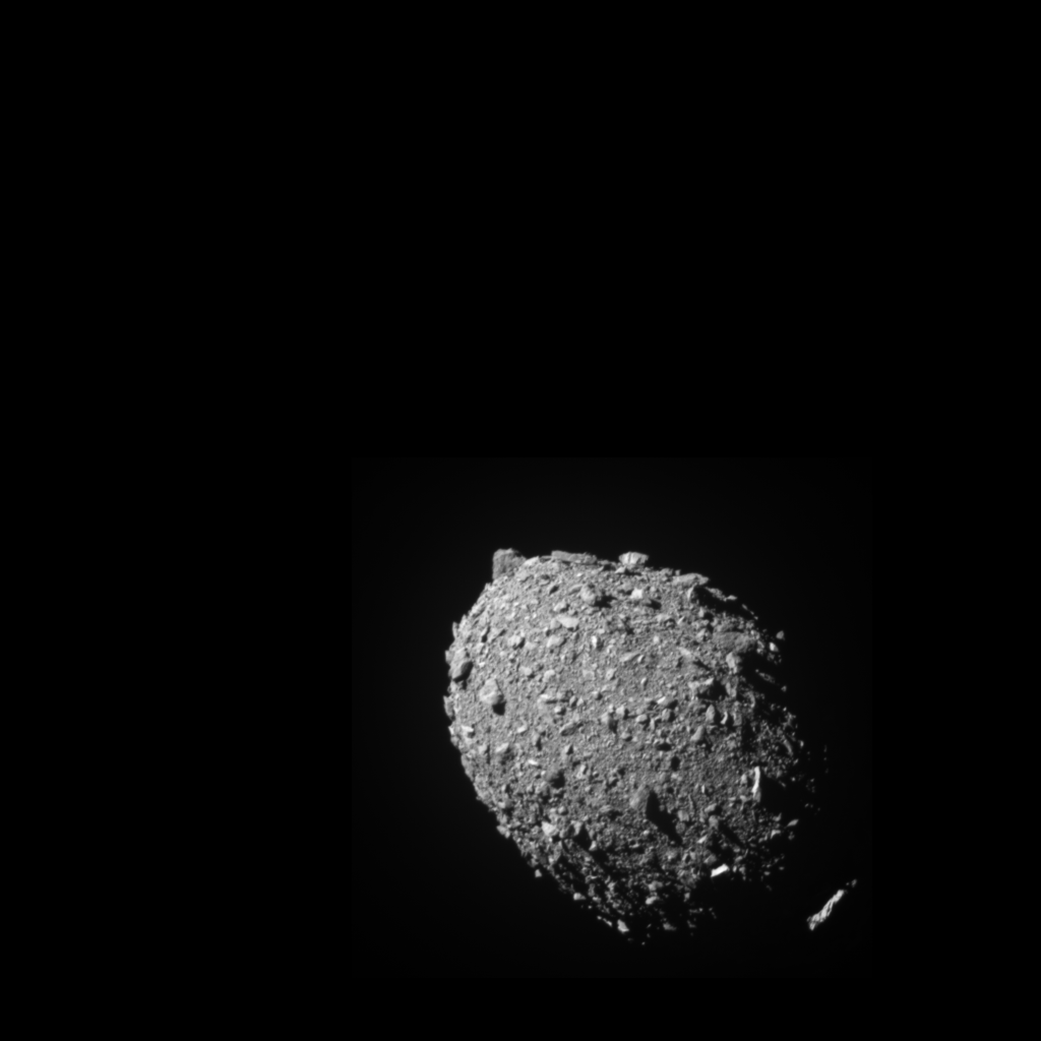
The LICIACube device is made on the basis of the Cubesat platform. Its weight is 14 kg, and the scientific equipment is represented by two cameras. One of them (the Gecko camera) was built by Dragonfly Aerospace, owned by Ukrainian entrepreneur and philanthropist Max Poliakov.
LICIACube separated from DART two weeks before the collision. It was assigned the task of photographing the moment of impact, the shape and nature of the spread of the ejected substance and, if possible, to capture the resulting crater.
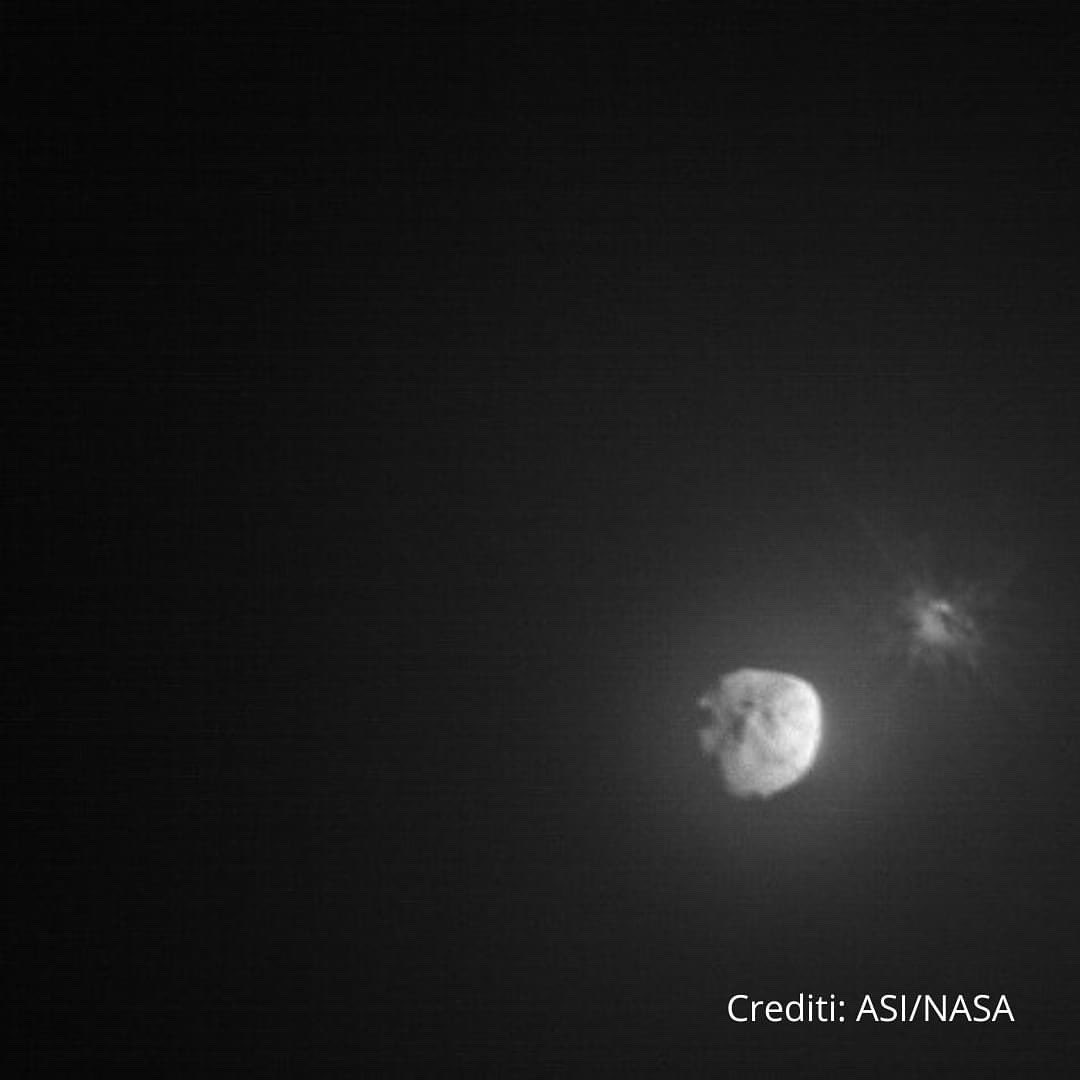
The Italian cubesat successfully coped with the main task. The images transmitted to them demonstrate the moment when DART hit the asteroid and the ejection produced by this event. Its brightness exceeded the expectations of most astronomers.
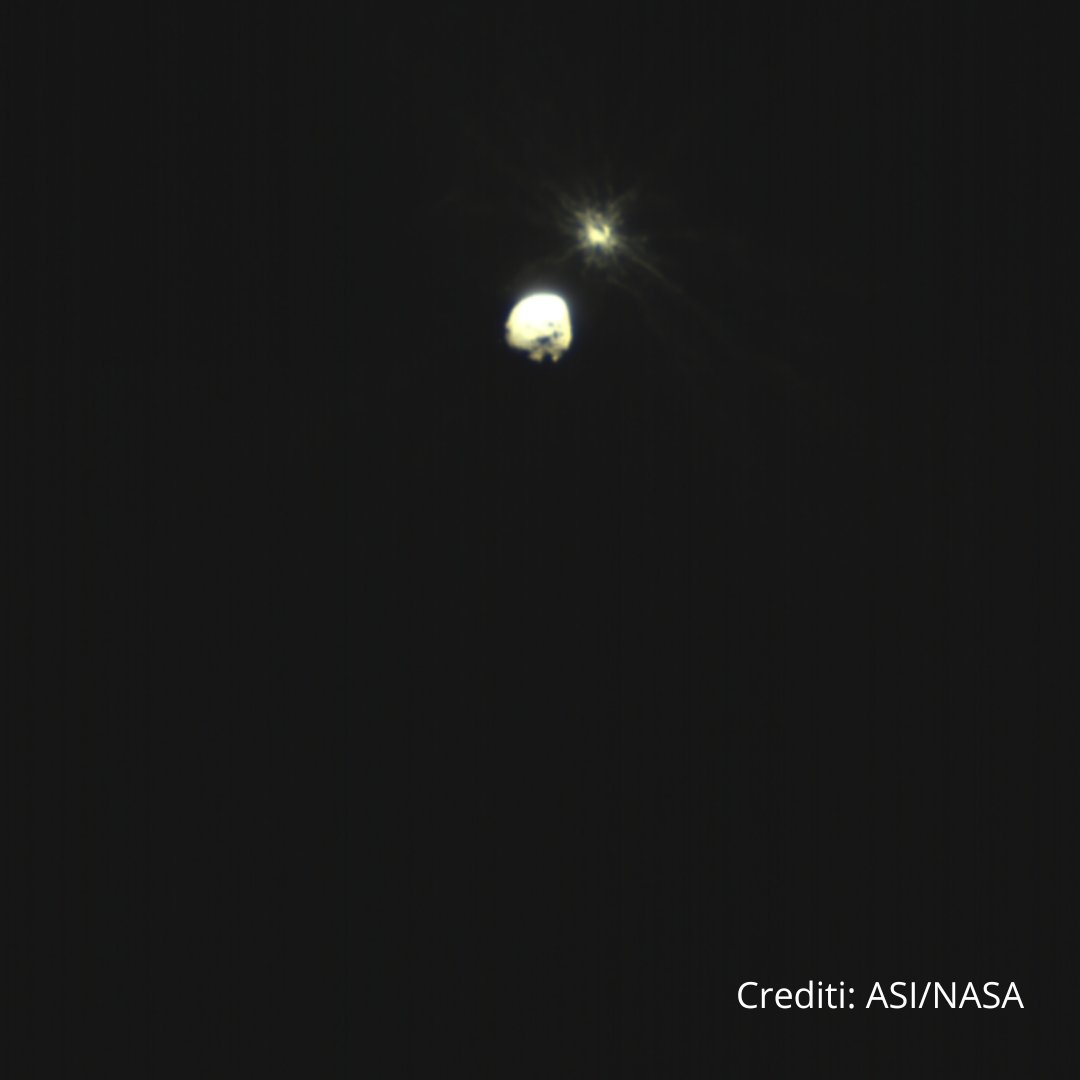

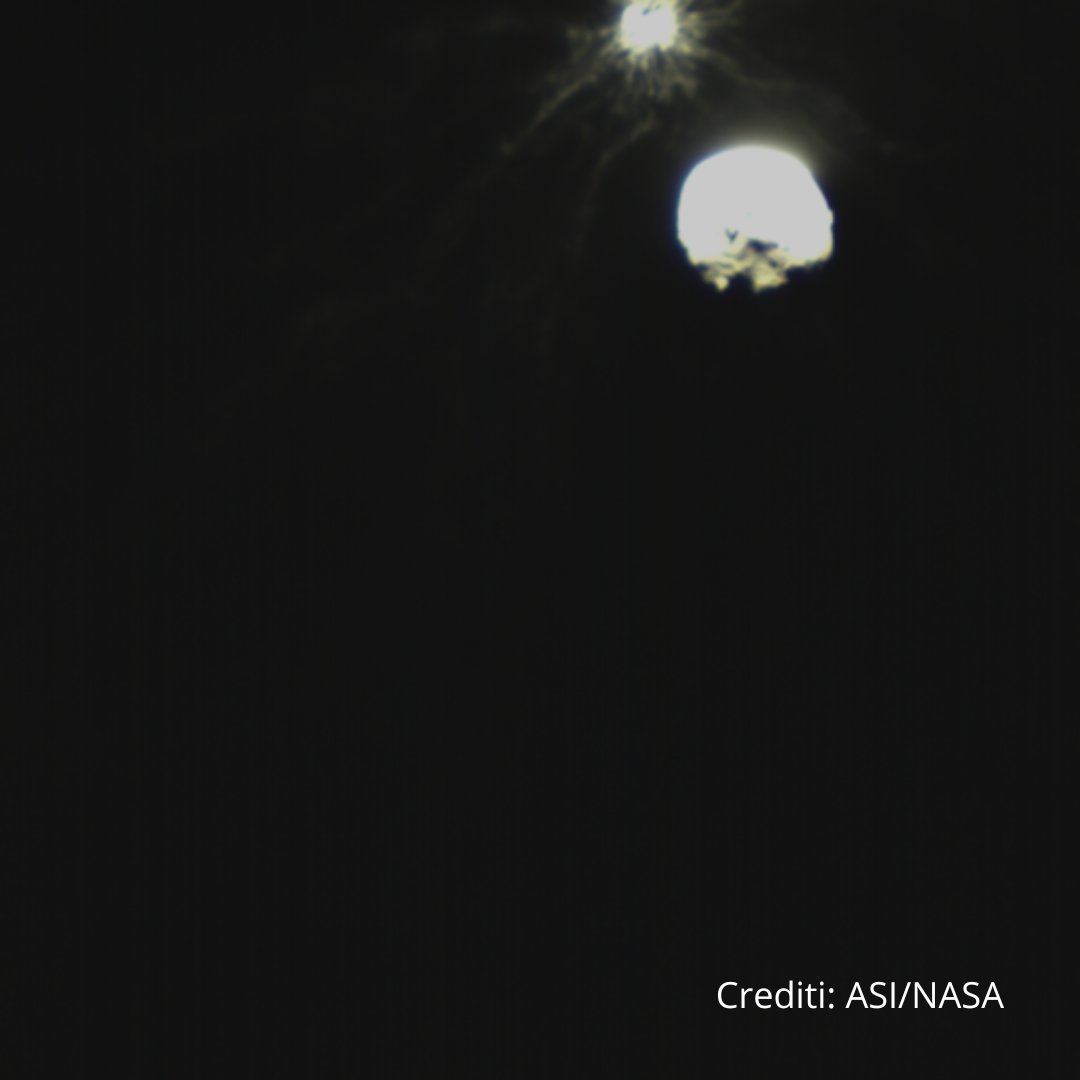
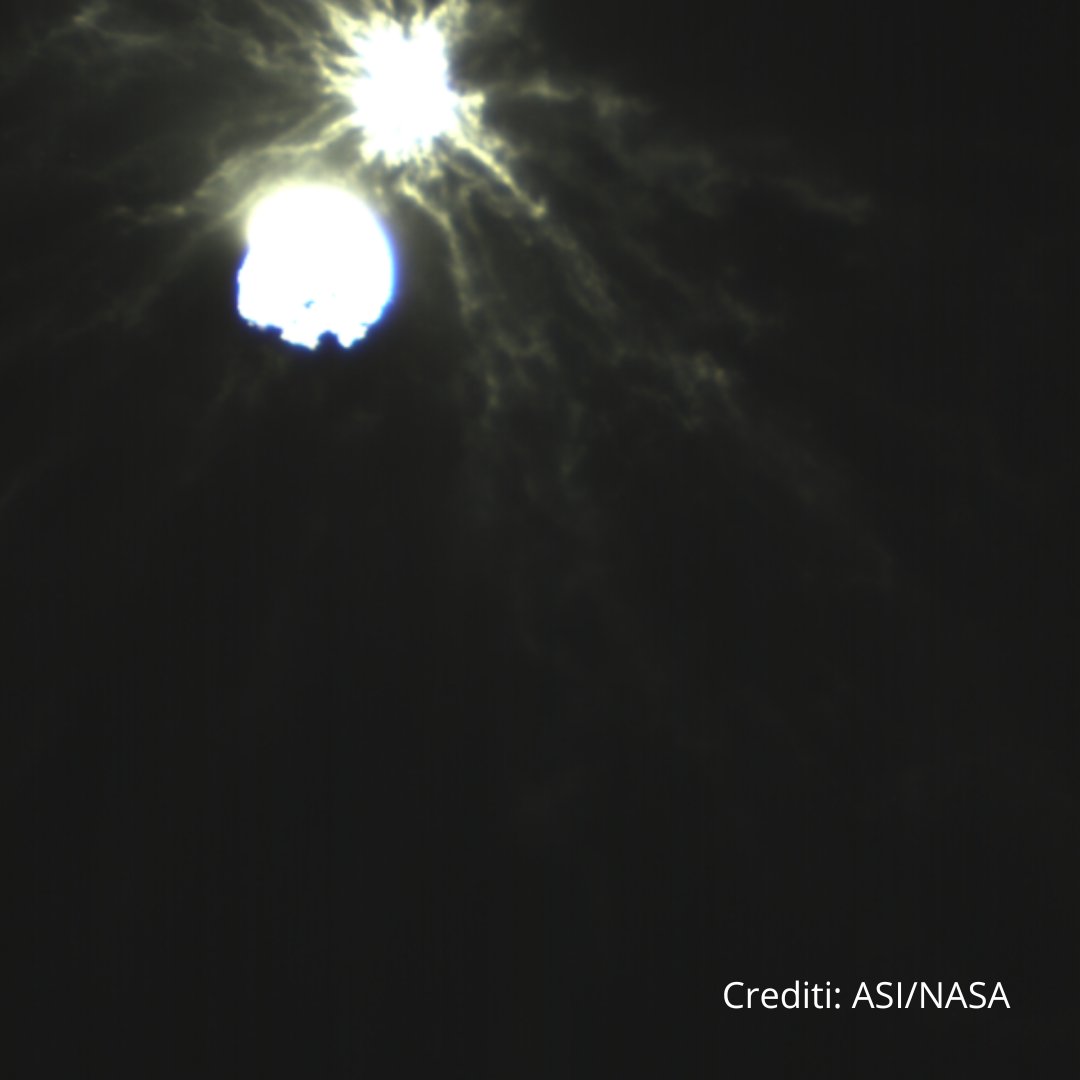
At the moment, it is unknown whether LICIACube managed to get any photos of the crater. Cubesat carried out a Dimorphos flight three minutes after impact, the minimum approach distance was 55 km. However, since the impact threw out a large amount of material, it is possible that it completely hid the asteroid like a smoke screen, making it impossible to take pictures of it.
Follow us on Twitter to get the most interesting space news in time
https://twitter.com/ust_magazine
